#disney's fairys
Explore tagged Tumblr posts
Text
Pixie Hollow is the ideal society argue with the wall
#pixie hollow#is awesome because people are so nice like yes#i do wanna help you prepare the ladybugs for spring#i know you're expected to work but!!! its for the good of the community#its rewarding!!!#and if you're sick then trust me not a SINGLE FAIRY is gonna make you keep on working until youre better#best place to live 10/10 and it comes with cool wings#disney's fairys
7 notes
·
View notes
Text

#girlblogging#girl media#2000s nostalgia#2010s nostalgia#2000s barbie#ever after high#monster high#winx club#powerpuff girls#anime#precure#totally spies#shitpost#gorgeous#magical girl#mlp#was going to include mlp but had no more room#animation#disney fairies#lalaloopsy#eah
15K notes
·
View notes
Text
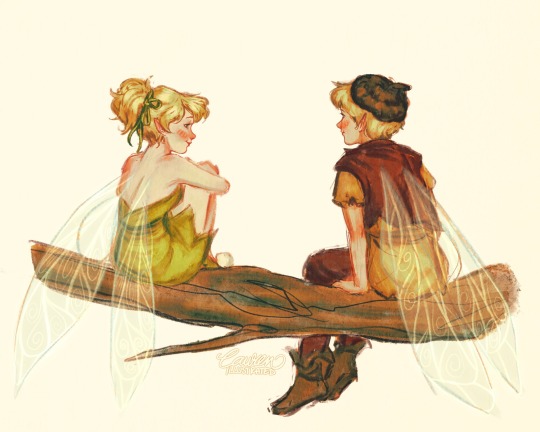
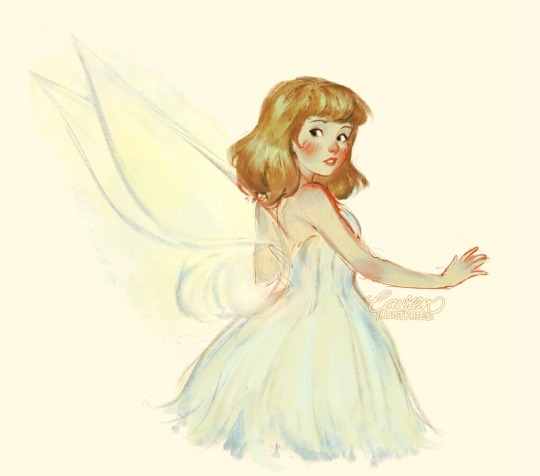
Some Tinkerbell sketches I did the other day
#tinkerbell books#disney tinkerbell#tinker fairy#tinkerbell#tinkerbell and terence#terence#tinkerbell movies#fairytale illustration#disney fairytales#fairy art#disney fairy#disney fanart#character sketch#character art
11K notes
·
View notes
Text
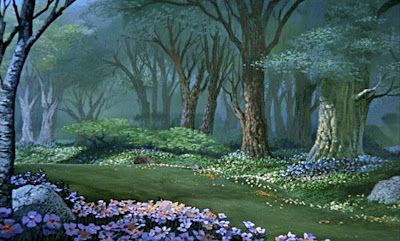
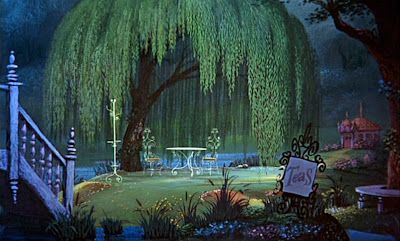
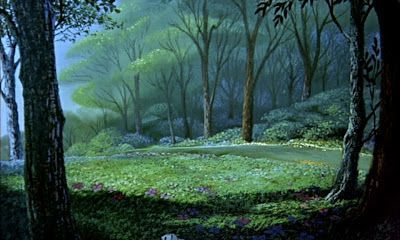
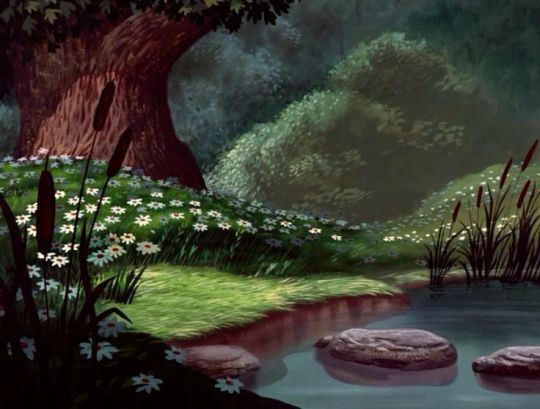
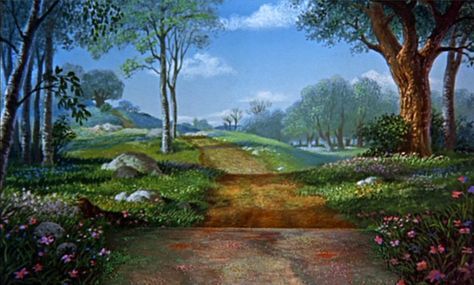
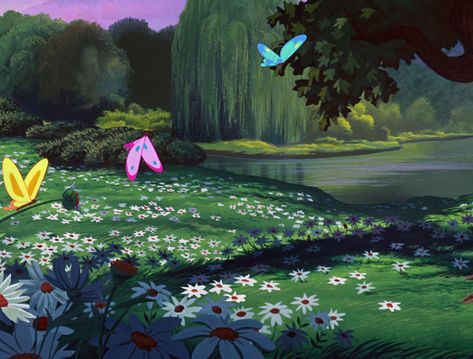
Forests in Old Disney
8K notes
·
View notes
Text
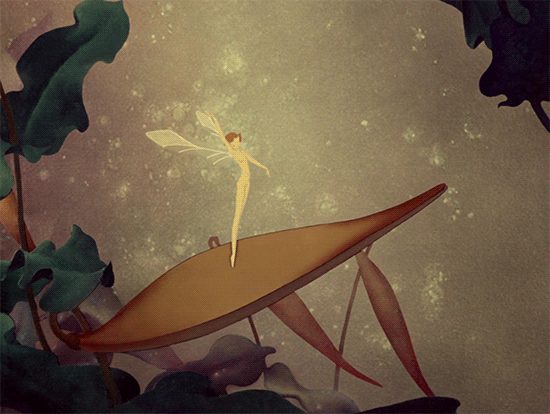
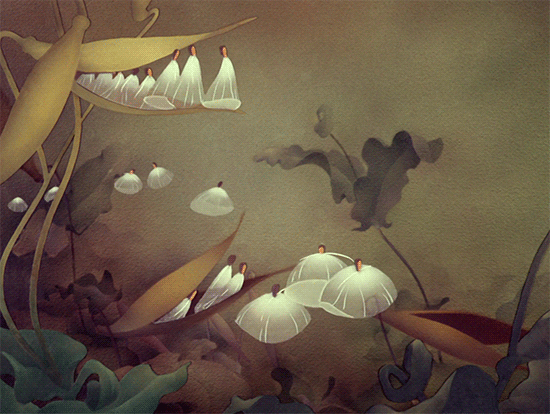
Fantasia (1940)
#fantasia#the nutcracker suite#waltz of the flowers#autumn#fall#fairy#fairires#flowers#nature#animation#disney#disneyedit#my gifs
31K notes
·
View notes
Text


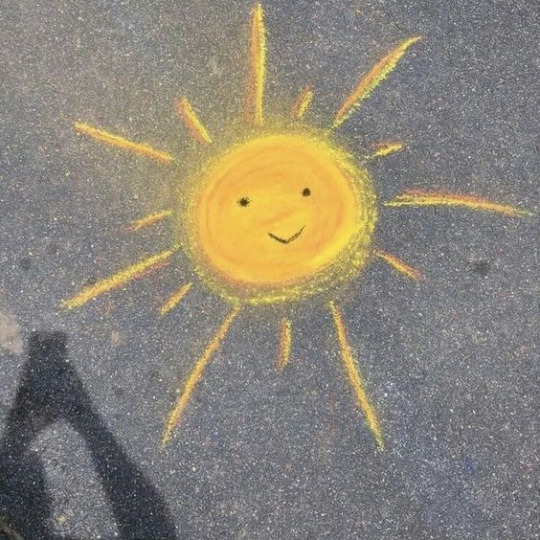
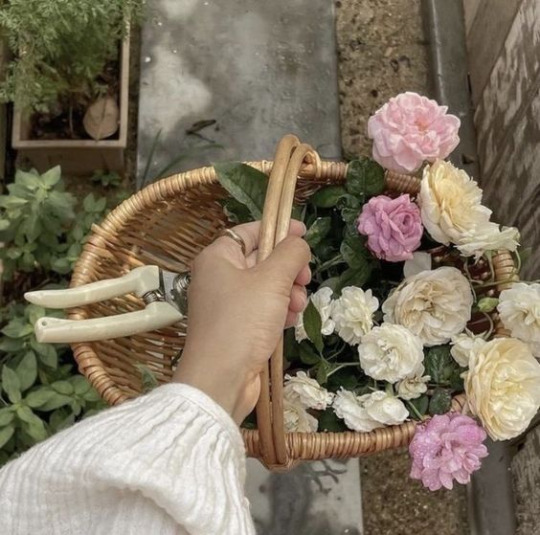


princess rapunzel aesthetic
#rapunzel#tangled#disney#cottagecore#Aesthetic#nature#naturecore#flowercore#Warmcore#fairycore#fairy aesthetic#cozycore#COSYCORE#my moodboards#soft aesthetic#disney movie#disneycore
8K notes
·
View notes
Text
A fun crossover :)

by JULIETTARTT
#fairy#my little pony#monster high#winx#winx club#disney fairies#disney#fairy aesthetic#fairycore#fairies
9K notes
·
View notes
Text

you will not guess where this ao3 summary is going
57K notes
·
View notes
Text
One major mistake people make when looking at Snow White is assuming that they were trying to create a Disney Princess role model for little girls to emulate, when actually they were just trying their darndest to create an animated character that audiences would care about.
When we see pure and innocent Snow White being mistreated by her stepmother and later driven into exile, it's supposed to activate parental instincts that make us want to protect her. It shouldn't matter if she doesn't do anything to save herself, because she shouldn't have to. We're supposed to feel the injustice of it, feel sad and angry that she's treated this way, fear that she's going to come to harm. We're not supposed to want to be her, we're supposed to love her, and want to see her get the love she deserves, so we remain invested for the entire runtime of this 80-minute cartoon that they're afraid audiences won't sit through. That's what mattered to the story while they were making it, so applying Disney Princess expectations is ridiculous.
#disney#snow white and the seven dwarfs#there's more to the rant but this was separate enough to jot down on its own#fairy tales#snow white
3K notes
·
View notes
Text
Rant incoming
I feel like the problem with a lot of Disney's live action remakes (and arguably Wish) is they're trying to appeal to a crowd that no longer exists, namely the people who used to claim that the Disney Princesses were sexist.
All the interviews tend to include, "Well she's not chasing a MAN anymore" which...almost no one sees the princesses like that, anymore. Virtually NO ONE still believes the princesses are man-chasing sexist caricatures of women.
Cinderella is now hailed as an abuse victim who stayed strong long enough to get help to get out of her situation. Anyone who says she should have saved herself is basically regarded as a victim blamer. And it's very clear in the film she wasn't looking to marry the prince, she just wanted a night off. She was the only one who wasn't in line to meet him. She didn't find out she met the prince until he went looking for her!
Snow White is now hailed for her negotiation skills, ability to calm down after extreme stress (she had a moment of panic and had to cry for a bit, but who wouldn't after finding out The Queen hired someone to kill you?), and ability to take charge of a house of adult men. And again, she was an abuse victim, this time trying to escape ASSASSINATION ATTEMPTS. While she dreamed of her prince, it was secondary to her main goal of SURVIVAL. There are also entire video essays about how Snow White gave hope to people during The Great Depression.
Everyone acknowledges that Ariel wanted to be human BEFORE meeting Eric. We all know she was a nerd hyperfixating on humans, and also standing up to her prejudiced father.
We understand Sleeping Beauty wasn't the main character, the Three Good Fairies were, AND PHILLIP WOULD NEVER HAVE BEATEN MALEFICENT WITHOUT THEM! He literally depended on them! WOMEN SAVED THE DAY! But even then, is it really such a sin for a girl to fantasize about romance and fall for someone with corny pickup lines?
We all understand Jasmine just wanted someone to treat her LIKE A PERSON. She rejected every Prince before Aladdin because they treated her like a prize. So why did they need her to want to be Sultan? How did that make her more feminist when she already wanted to be treated like an equal and have a say in her future? Is it only empowering if you want a career in politics?
We admire that Belle, despite living in a judgemental village, was kind to everyone (even though she found the village life dull), and her story teaches girls that the guy everyone else loves isn't always a good guy. What's sexist about teaching girls about red flags? And she didn't start being nice to The Beast until he started treating her with respect and kindness.
Do I really NEED to defend Mulan or Tiana? I think they speak for themselves.
Rapunzel was yet another abuse victim who just needed a little help to get out of her bad situation. In this case, she also needed to learn that she was an abuse victim, and that what Mother Gothel did WASN'T normal, much like many victims of gaslighting.
And don't get me started on the non-princess animals.
Perdita had a healthy relationship with Pongo to the point she was open to express her pregnancy fears to him, and was ready to TEAR APART Cruella's goons for daring to touch her puppies as well as adopting the other puppies. Like, she was so ferocious the goons mistook her for a hyena! She's basically that "I AM THAT GIRL'S MOTHER!" scene from SpyXFamily if Yor were a dog. She and her husband were a TEAM.....but they made a Cruella live action to turn her into a girlboss?! The literal animal abuser!? THAT'S the woman you wanted to put on a pedestal when Perdita was RIGHT THERE!?
Duchess kept her kittens calm after they had been catnapped and was classy as heck. Nice to everyone regardless of social class during a time period where that was uncommon.
Lady stood up to Tramp when she believed he had abandoned her and didn't really care about her. She found out he was a heartbreaker and was like, "Nuh uh. No. You are not doing that to me! You put me through enough."
Miss Bianca from The Rescuers was IN CHARGE the whole movie, and was willing to risk life and limb to save an innocent child. THAT TINY MOUSE TOOK ON ALLIGATORS! And she picked Bernard to accompany her because he was the only one who wasn't ogling her. And then in the sequel SHE DID IT ALL AGAIN! I wish I were as brave as her.
Like, the public haven't accused these ladies of being sexist caricatures since 2014 (Actresses and actors don't count, they're out of touch like the rest of Hollywood) yet Disney is operating under the assumption that the public still thinks that way, hence all the "sHe'S nOt AfTeR a MaN iN ThIs VeRsIOn" talk.
The live action remakes are trying to attract an audience that doesn't really exist much, anymore, and back when it did exist, was comprised mainly of people who didn't actually watch the films. The Disney princesses are no longer seen as sexist, and feminine qualities are no longer seen as weak or undesirable.
#the rescuers#disney#101 dalmatians#perdita#miss bianca#rapunzel#tangled#princess and the frog#tiana#the three good fairies#flora#merriweather#fauna#snow white#sleeping beauty#Cinderella#ariel#the little mermaid#beauty and the beast#belle#aristocats#duchess#lady and the tramp#jasmine#aladdin#long#wish
5K notes
·
View notes
Text
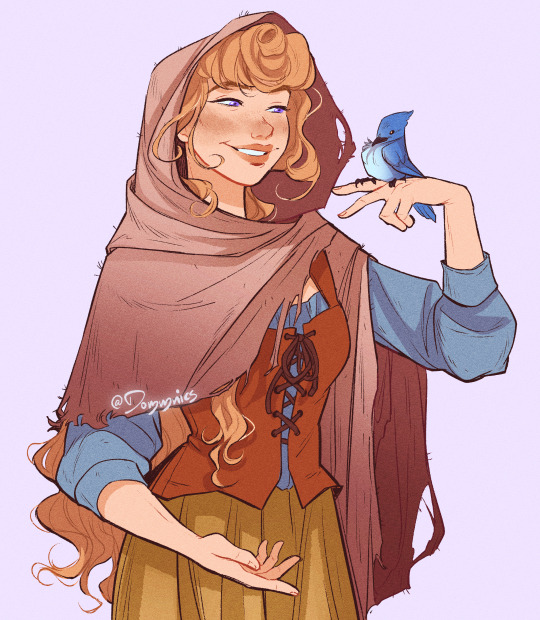
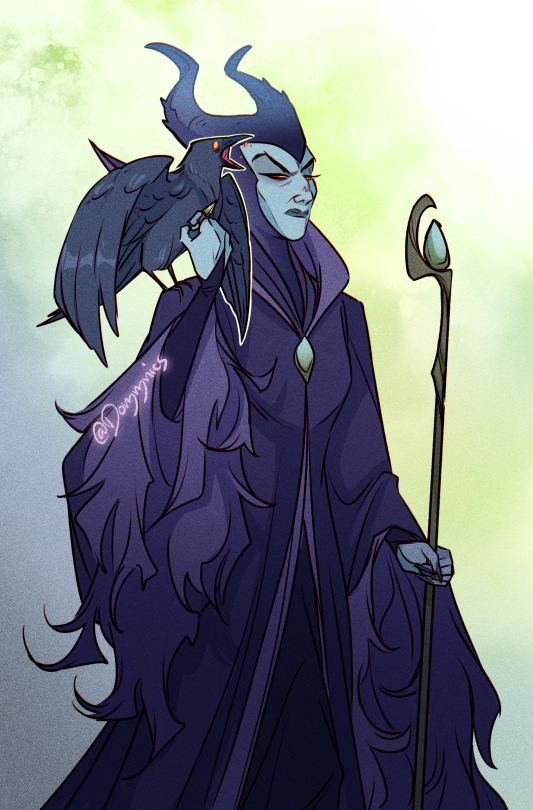
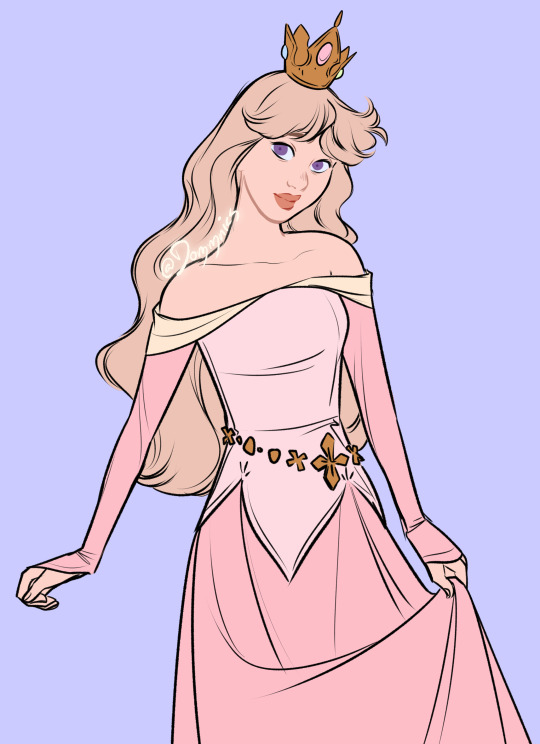
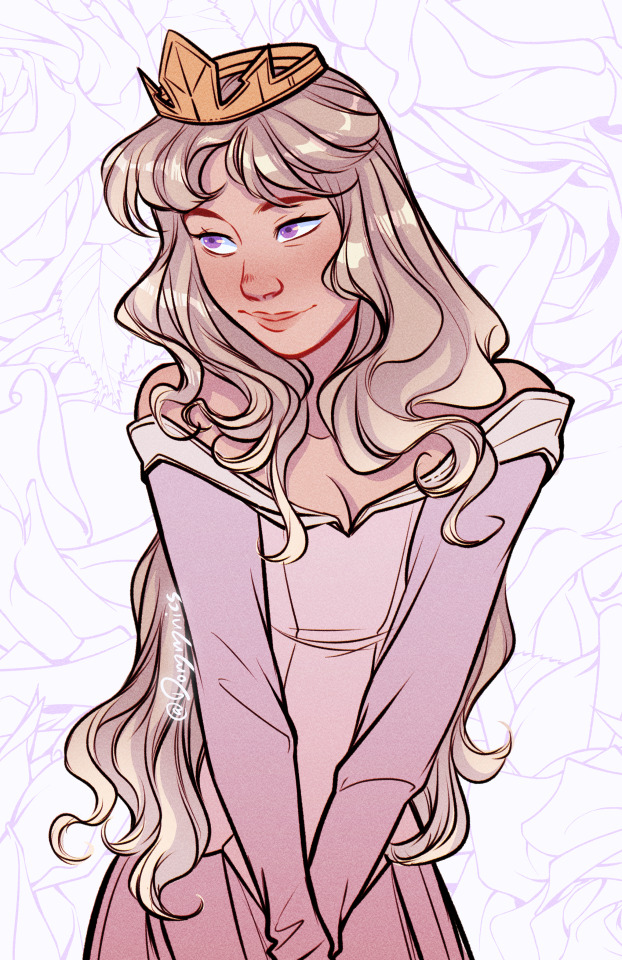
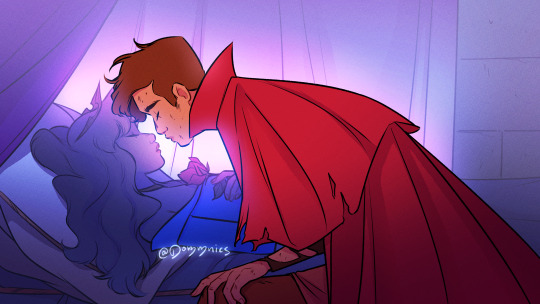
Sleeping Beauty (1959) turned 65, and it remains still such a beautiful film. It's one of my favourite quintessential fantasy films, and I adore princess Aurora and Maleficent!
--
Check out more of my work on other platforms!
My Instagram -- My Twitter
#sleeping beauty#disney#disney art#disney movie#disney fanart#sleeping beauty 1959#princess aurora#aurora#briar rose#maleficent#disney princess#disney princesses#disney princess art#disney villain#disney villains#disney villain art#fairy tale#fairy tales#brothers grimm
5K notes
·
View notes
Text

I got my little sister to watch some tinkerbell films with me
#art#my art#digital art#artwork#digital arwork#digital artist#doodle#doodles#digital doodles#illustration#digital illustration#procreate#procreate art#fanart#disney#disney fairies#tinkerbell#tinkerbell fanart#lineless art#limited color palette#faries
2K notes
·
View notes
Text
☆ Tinkerbell (2008)☆

--Incomplete--
~Navigation Menu~
☆Fairy Profiles☆
List of all fairies - includes all their info on where to find them, what they do, etc
☆Fairy Gift Guide☆
List of all fairies' favourite and hated gifts
☆The Balloon Wagon & Sharing Fortunes☆
Balloons, Fortunes, and how they're connected!
☆Material Sources☆
Where to find what you need :)
| Back to Pinned Post |
#tinkerbell#tinkerbell ds game#tinkerbell nds game#ds game#nds game#ds game guide#old game guide#Disney's fairys
0 notes
Text
Disney book and movie fairies! ✨

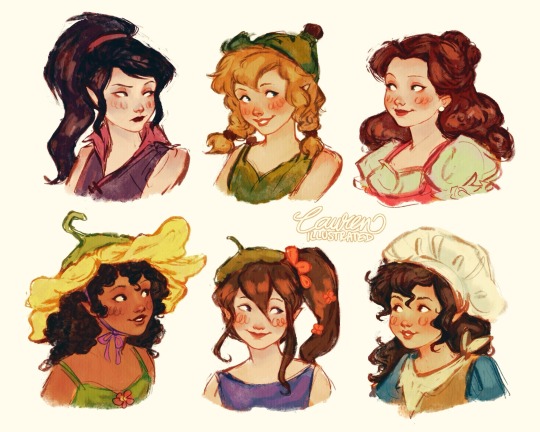
Drew some of the main fairies recently from the Tinkerbell books and movies!
Characters in order: Silvermist, Rani, Iridessa, Fira, Prilla, Fawn, Vidia, Beck, Rosetta, Lily, Bess, Dulcie.
#disney tinkerbell#tinkerbell#tinkerbell movies#tinkerbell books#disney fairy#disney fanart#disney art#fairy art#fairy drawing#silvermist#fawn#rosetta#iridessa#vidia#book illustrations#fan arts#disney characters#character sketch#character illustration
5K notes
·
View notes
Text
Disney's unconventional "Cinderella" (1950) (long)
Having watched most of the many adaptations of Cinderella, I've come to realize what a unique adaptation Disney's 1950 animated classic really is. Unlike Snow White, which only had a few stage and screen adaptations before Disney produced its groundbreaking film, Cinderella had already been adapted many times before Disney's turn came, and Disney's version makes a surprising number of departures from the standard Cinderella "formula." It was definitely a fresh, creative Cinderella when it made its debut, and it arguably still is. Yet because it's become so familiar in pop culture, and today so often serves as our childhood introduction to the tale, it's easy to overlook its inventive storytelling choices. The 2015 live action remake uses several classic Cinderella adaptation tropes that the original 1950 film actually subverts!
Here's a list of the often-overlooked ways in which Disney's Cinderella stands out from earlier adaptations, and from many later ones too.
Cinderella herself. Disney's Cinderella isn't a traditional Cinderella in personality. The "traditional" portrayal of Cinderella, seen in virtually every adaptation before Disney's and several afterwards too, is the portrayal I call "The Waif": a very young, fragile, melancholy girl, dressed in pathetic rags and smudged with ashes, who makes the audience want to rescue her and who wins the Prince's heart with her wide-eyed innocence and artless charm. But whether chiefly to set her apart from earlier screen Cinderellas or from Disney's earlier delicate ingenue Snow White, Disney's Cinderella is none of those things. She comes across as older, or at least more sophisticated. Nor is she waif-like, but instead combines down-to-earth warmth with ladylike dignity, even at her lowliest. She doesn't sit in the ashes ("Cinderella" is her real name in this version), and her servants' dress is humble yet clean and only slightly tattered. She's gentle and kind, yes, but also intelligent, practical, playful, sometimes sarcastic, philosophical, optimistic, genuinely cheerful when she's with her animal friends, and yet angrier and stronger-willed than virtually all earlier Cinderellas. She doesn't beg to go to the ball, but asserts her right to go, and then sets to work fixing up an old dress of her mother's for herself. Only her stepfamily's sabotage, first by keeping her too busy to finish the dress, and then by destroying it after the mice and birds finish it for her, prevents her from taking herself to the ball without a Fairy Godmother. To this day, she stands out as a complex, unique Cinderella, which pop culture too often forgets.
Lady Tremaine. Some critics today complain that Disney makes Cinderella's stepmother a total monster instead of giving her "nuance" and call her portrayal "sexist." But can't we agree that her sheer cruelty enhances the film's dramatic power? And compared to earlier portrayals of Cinderella's Stepmother, it definitely makes her stand out. In most pre-Disney Cinderellas and many after, the Stepmother is a pompous, vain comic antagonist. Once again, Disney was innovative by portraying Lady Tremaine as a dignified, manipulative, and truly sinister villain, who takes quietly sadistic pleasure in abusing Cinderella and will stop at nothing to prevent her from going to the ball or marrying the Prince. As far as I know, she's also the first Stepmother to realize before the slipper-fitting that Cinderella was the lady at the ball and to take action to prevent her from being found. That's a commonplace plot device in more recent adaptations, but in 1950 it was a creative twist!
The mice and other animals. Viewers debate whether Cinderella's mouse friends, Jaq, Gus, et al, and their misadventures evading Lucifer the Cat are a welcome addition or take away too much screen time from Cinderella herself. But there's no denying that the presence of the mice and birds is an inventive storytelling choice, which makes Disney's Cinderella stand out! And I can provide a long list of reasons why they're more than just "filler." (1) They add liveliness, humor, and appeal for younger children. (2) They gave the animators an outlet for the type of character animation they did best, rather than binding them to the harder work of animating realistic humans. (3) They give Cinderella someone to talk to besides her stepfamily. (4) They give her a way to demonstrate her kindness. (5) The struggles of the mice with Lucifer parallel Cinderella's abuse by her stepfamily, and Cinderella's undying optimism not only keeps her from despair, but inspires them too. (6) They arguably provide a further reason why Cinderella stays with her stepfamily – not only does she have nowhere to go, but an entire community of small sentient creatures relies on her for food and protection. (7) They reward Cinderella for her kindness. From the start, her friendship with the mice and birds makes her life easier to bear, both by easing her loneliness and because they do helpful deeds for her, like mending and cleaning her clothes. They fix up her mother's dress for her to wear to the ball – only the stepfamily's last-minute cruelty requires the Fairy Godmother to step in. And in the end, they're directly responsible for Cinderella's happy ending by freeing her from her locked room. They do all these things because Cinderella has protected them, fed them, made them clothes, and been their friend. Therefore, Cinderella's good fortune never feels "just handed" to her: her kindness directly earns it.
The Fairy Godmother. It's always varied between illustrators whether Cinderella's Fairy Godmother is portrayed as a grandmotherly old woman or as youthful, regal, and beautiful, but screen and stage adaptations before the Disney version virtually always took the "youthful, regal, beautiful" approach. That is, when they didn't change her into a wise, fatherly male magician-advisor, as in several opera adaptations! At any rate, seriousness and dignity were the norm for this character in most adaptations from the 19th century through the 1940s. Making her a sweet, comforting, grandmotherly figure, with a comically and adorably absent mind, was another of Disney's fresh choices.
Cinderella's entrance at the ball. We all know the classic image of Cinderella's entrance from other adaptations. Cinderella appears at the top of the grand staircase that leads down to the ballroom, and a hush falls over the assembly, as not only the Prince, but all the guests and members of the court are amazed by the unknown lady's beauty and magnificent dress. Even in versions without a staircase, Cinderella captivates the room the moment she enters. Adaptations both before and after Disney's, including Disney's own 2015 live action remake, play her entrance this way. But the 1950 animated classic subverts it! The grand staircase leads up to the ballroom, not down to it, and Cinderella's entrance isn't a triumph at first, but a vulnerable moment as she makes her way up the stairs alone, dwarfed by the splendor around her. Then, when she reaches the ballroom, no one notices her at first, because the other ladies are being presented to the Prince and all eyes are on him. But then the Prince notices her in the shadowy background as she quietly marvels at her surroundings, and leaves his post to approach her and invite her to dance. Only then does the rest of the assembly notice her, because she's the one the Prince has singled out. It's more understated and it feels more realistic than the traditional entrance, as well as more clearly symbolic of Cinderella's venturing above her station, then both literally and figuratively being led out of the shadows by the Prince's unexpected attention.
The slipper-fitting plan. Over the years, it's been fairly popular to mock the idea of using the glass slipper to find the Prince's love, as if there were no chance it would fit anyone else. Disney's version is creative by having the slipper-fitting search be the comical, hot-blooded King's idea, not the Prince's, and making it clear that it's not, nor is it meant to be, a foolproof plan to find Cinderella. The Duke points out that the slipper could fit any number of girls, but the King doesn't care if they find the right girl or not: he just wants to hold his son to his pledge to marry "the girl who fits this slipper" and force him to marry the first one who fits it. This also means that Disney doesn't do what most adaptations do and have the Prince conduct the search himself, but follows the original Perrault tale by having a gentleman, in this case the Grand Duke, do it instead. This prevents audiences from mocking the Prince for relying on the slipper instead of knowing his beloved's face.
Cinderella breaking free and asking to try on the slipper. Even though in Perrault's original tale, Cinderella asks to try on the slipper, she almost never does in adaptations. In most versions other than Disney's, including Disney's own 2015 remake, Cinderella's presence in the house (and/or the fact that she has the other slipper) is either discovered by accident or revealed by Cinderella's allies, not by Cinderella's own initiative. In some versions, she even tries to hide from the Prince and/or the search party, either out of fear of her stepfamily or because she feels unworthy of the Prince in her rags. But not Disney's animated Cinderella! First of all, she has an assertive emotional breakthrough when she calls on her dog Bruno to chase Lucifer away and free Gus to slip her the key to her locked room. Earlier on, she urges Bruno to try to get along with Lucifer, lest the stepfamily not allow him to sleep in the house – it's clear that Bruno represents her own rebellious side, and in that scene she's really talking about herself, revealing that she tolerates her stepfamily's abuse so she won't lose her own "nice warm bed" and be homeless. But in the climactic scene, when she finally sees a way out, she gives up playing nice and seizes her chance. First she unleashes Bruno on Lucifer, and then she runs downstairs and directly asks to try on the slipper, not caring how her stepfamily will react, or what the Grand Duke will think of her shabby dress, or whether the audience will accuse her of gold-digging or not. This isn't a common breakthrough in other Cinderella adaptations, but it fits perfectly (like a glass slipper, you might say) with the Disney Cinderella's stronger-willed and more self-assured characterization.
"I have the other slipper." We can probably all safely assume that when audiences first saw Disney's Cinderella in 1950, they all expected Cinderella to try on the glass slipper she lost, with her identity revealed by its perfect fit. They never would have expected Lady Tremaine to trip the footman and break the glass slipper... only for Cinderella to calmly reveal that she has the other one. It's yet another clever and unexpected twist, not seen in any other version. Not even Disney's own 2015 remake.
Disney's Cinderella deserves far more credit than it gets for being unique among the myriad versions of the tale, especially compared to the versions that came before it.
5K notes
·
View notes